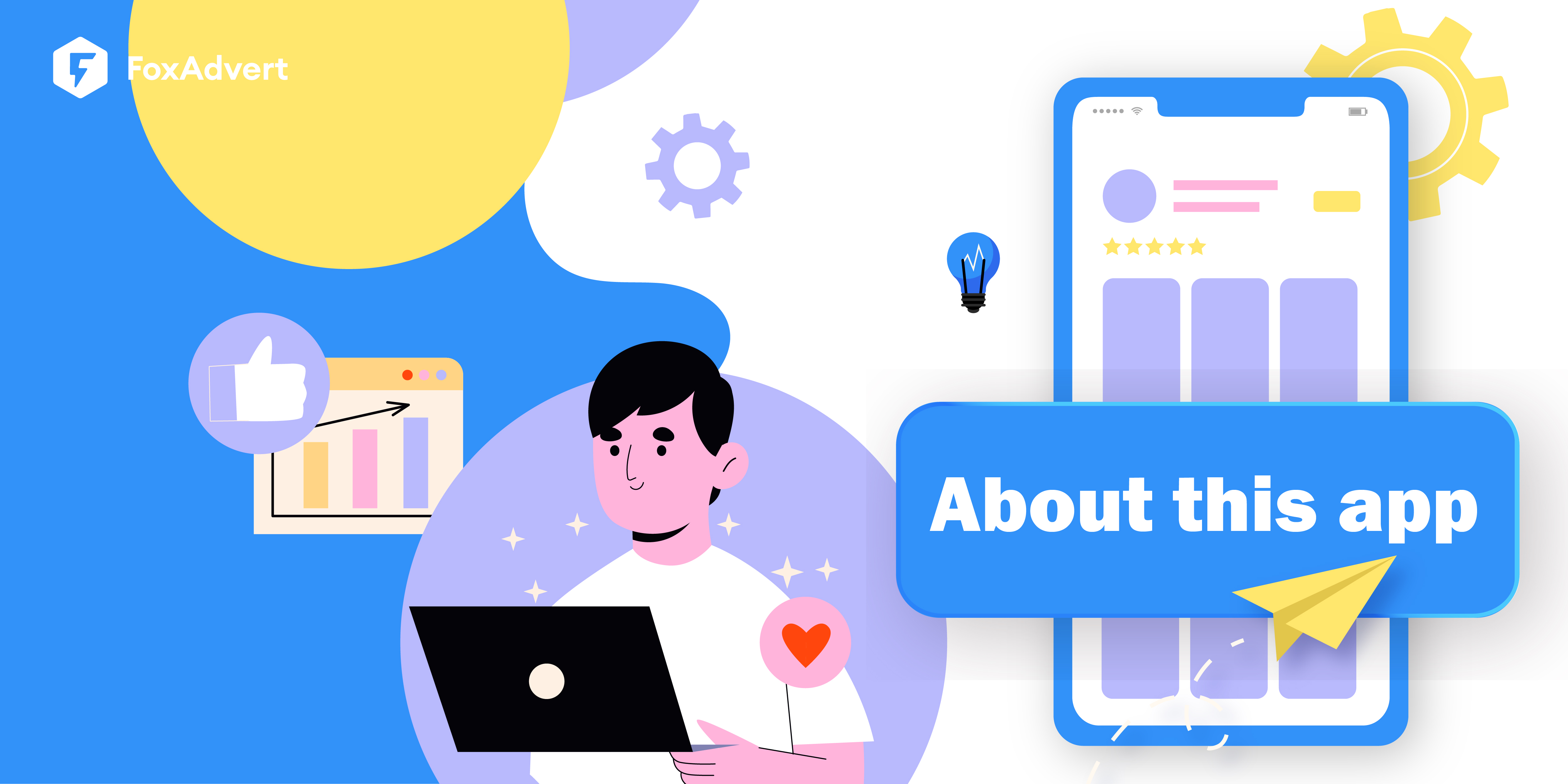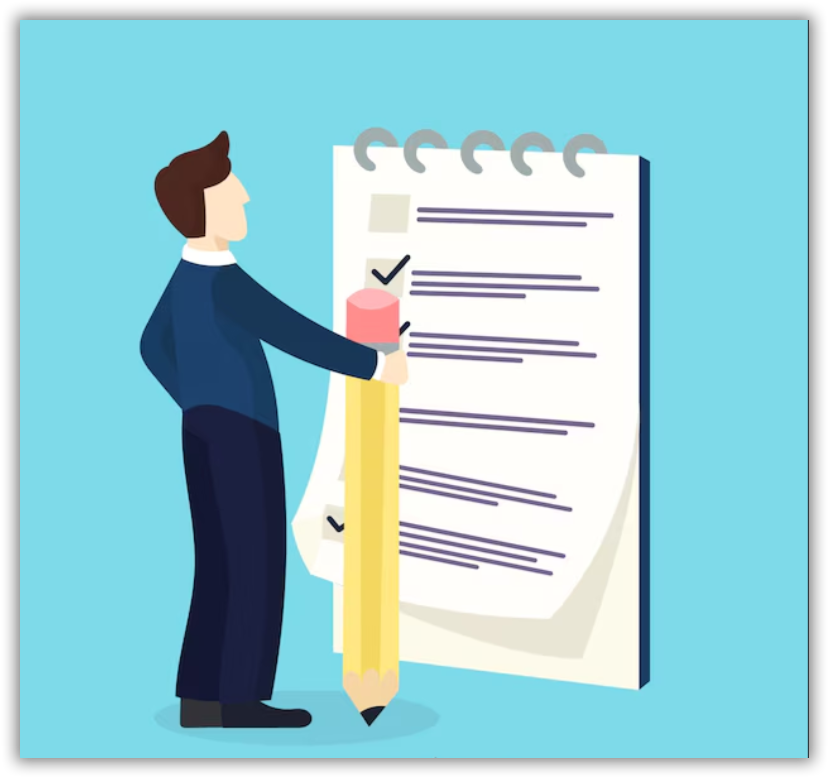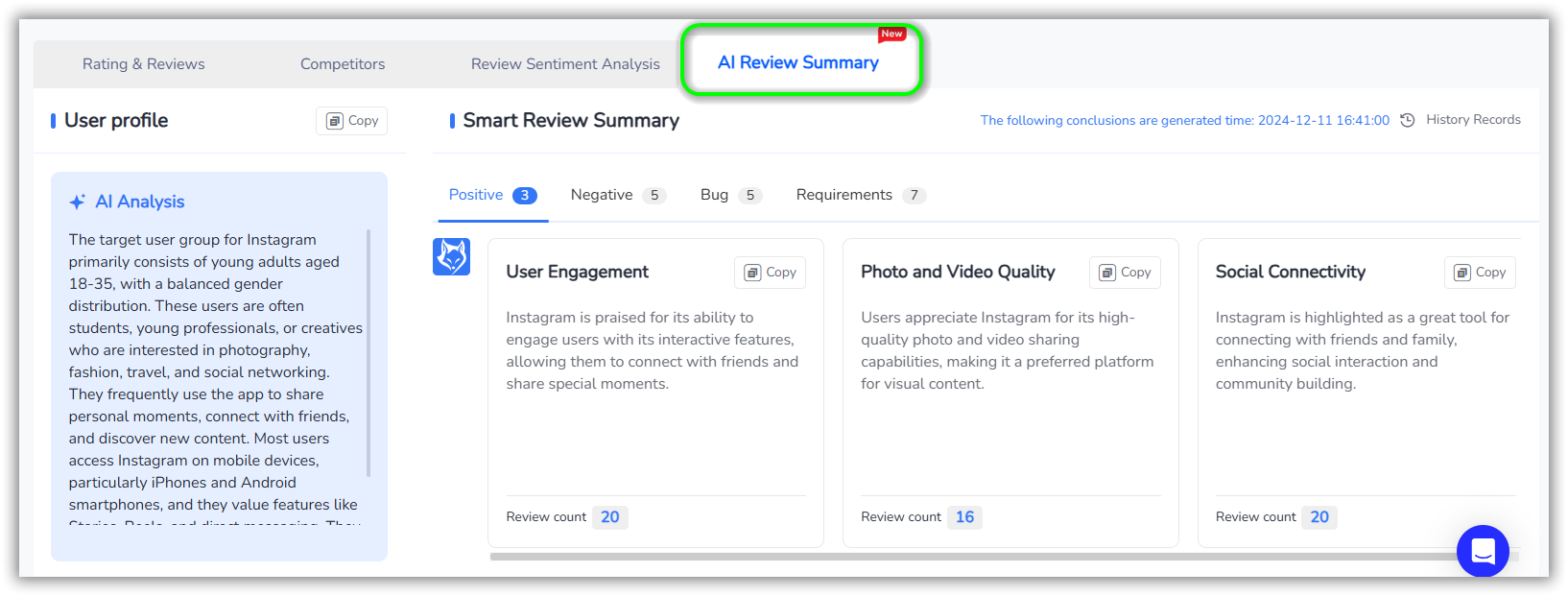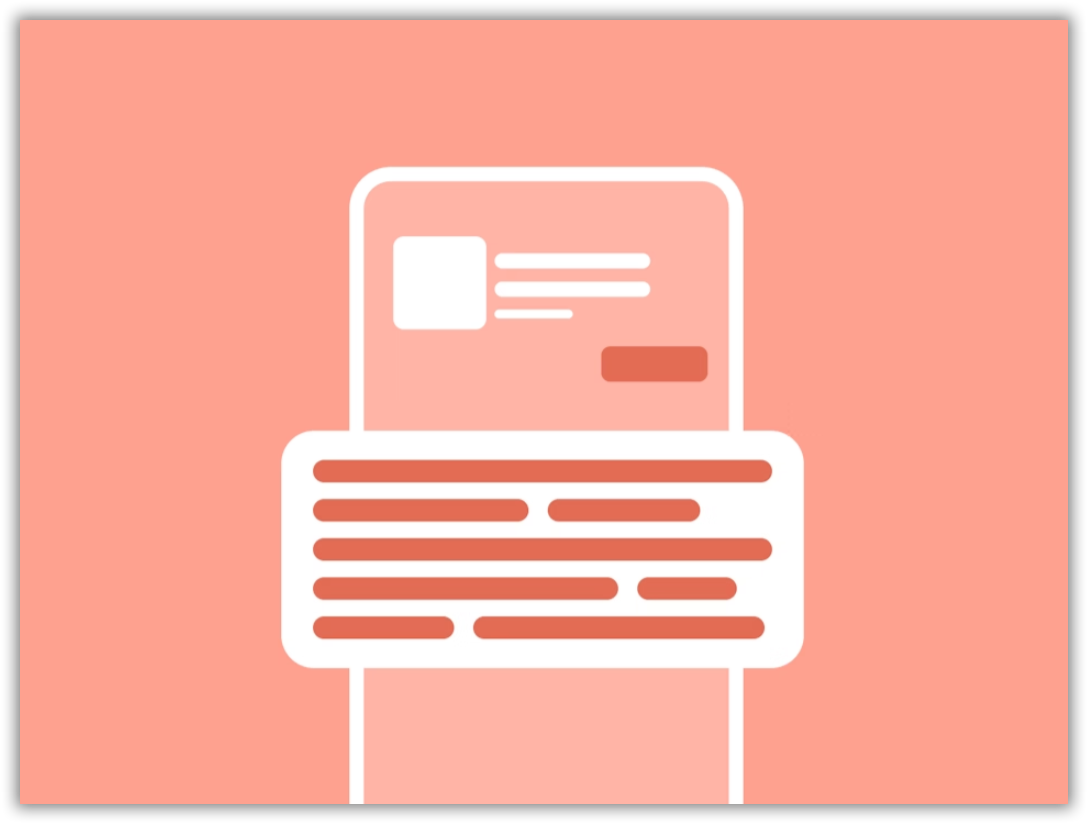
In app stores like the App Store and Google Play, the app description serves as the first point of contact where potential users decide whether to download your app. This decision is often made within seconds. As developers and marketers, how can we optimize the app description to not only clearly communicate the unique value of the app but also spark the user's desire to download it?
Let's imagine ourselves as users and think about which types of app descriptions would grab our attention. The answer is clear: concise, engaging, clear, and appealing descriptions. In contrast, lengthy, confusing, or overly technical descriptions will undoubtedly turn users away. This reminds us that the app description is not just for platform approval; it's primarily a window through which users can understand what your app offers.
Before you can write an engaging app description, it’s crucial to have an in-depth understanding of your app’s features, functionalities, and target audience. This is the first and most important step because only with comprehensive knowledge can you craft a message that resonates with potential users. You need to ask yourself key questions: What specific problem does my app solve? How does it make users' lives better? What differentiates it from other apps in the same category?
Understanding the core functionality of your app helps you identify the primary selling points that will resonate with your target audience. For example, if your app helps people track their fitness progress, understanding the app's unique features, such as customizable workout plans, integration with other fitness devices, or social sharing options, allows you to emphasize these points in a way that speaks to the user's desire for a healthier lifestyle.
Moreover, it’s essential to think from the perspective of the user. Most potential users are not interested in detailed technical specifications or the inner workings of the app. They care more about the end results—how the app will help them achieve their goals. Whether it’s improving their productivity, organizing their tasks, or enhancing their leisure activities, your description should focus on user benefits rather than just functionality.
An app description is more than just a block of text—it’s a strategic communication tool. A well-structured description ensures that users can quickly understand the app’s value proposition, which is key in capturing their attention. Organize your content in a logical flow: start with an attention-grabbing opening, then highlight the app’s core features, and finish with a compelling call to action. This structure makes it easier for users to skim through the description, absorbing key information without feeling overwhelmed.
When it comes to keywords, it’s essential to strike the right balance between improving visibility and maintaining readability. Keywords are the backbone of App Store Optimization (ASO), as they help your app appear in relevant search results. However, keyword stuffing—the practice of excessively using keywords in unnatural ways—can not only harm readability but also frustrate users, leading them to abandon the app description entirely.
Instead, focus on integrating keywords organically into your text. For instance, if you’re promoting a note-taking app, using terms like “note-taking,” “organize ideas,” “task management,” and “collaboration features” should feel seamless in the description. This helps you reach users who are searching for these terms while maintaining the natural flow of your message.
A strong, clear structure is also critical in conveying your app's unique advantages. For example:
● Introduction: A short, engaging sentence that quickly communicates the app’s core benefit.
● Core Features: A bullet-point list that clearly highlights the app's main functionalities and benefits.
● User Experience: A section emphasizing how the app improves users’ daily lives or solves their problems, with a specific focus on usability.
One of the most effective ways to improve your app description is by analyzing what others in your space are doing—specifically your competitors. By studying successful app descriptions in your category, you can identify best practices and areas for improvement.
Look at the language, tone, and style that competitors are using. Are they using humor, bold claims, or focusing on a specific niche? Take note of what resonates with users and consider how you can differentiate your app by highlighting unique features or providing a fresh perspective.
For example, if your competitor’s description focuses heavily on the technical aspects of their app (such as “advanced algorithms” or “industry-leading encryption”), but this information doesn’t excite your target audience, you can shift the focus to user-centered benefits. Position your app as a more user-friendly alternative or emphasize the simplicity of use and efficiency instead of overly technical details.
On the flip side, if your competitors' descriptions are generic and fail to capture attention, you have an opportunity to stand out by using a more engaging, concise, and direct tone that addresses users' pain points and clearly explains how your app solves them.
User feedback is an invaluable resource when it comes to refining your app description. Through user reviews, you gain insights into what users truly value about your app, as well as areas that may need improvement. By monitoring and analyzing these reviews, you can identify patterns in user sentiment, such as recurring praise for a specific feature or frustration with certain bugs. This feedback allows you to fine-tune your description to better align with your users' expectations and needs.
For example, if users consistently comment on how your app’s user interface is intuitive and easy to use, this is a strength that you can emphasize in your description. Highlighting this can help potential users feel confident that they won’t struggle with a steep learning curve. Conversely, if reviews point out recurring issues with performance or connectivity, it’s wise to address them either by mentioning improvements in your app description or providing assurances that fixes are being worked on.
Tools like FoxData’s user review AI analysis can make this process more efficient. By automating the collection and analysis of user feedback, you can quickly identify recurring trends, such as common issues users face or features they love most.
This can help you refine the app description to address both positive and negative feedback proactively. For instance, if users are expressing frustration with slow loading times, you can highlight performance improvements in the latest update, showing users that you are actively working to enhance their experience.
Furthermore, user reviews can reveal new language or phrasing that resonates with your audience. By incorporating these terms or expressions into your description, you make your messaging more relatable and user-centric. Always aim to speak in the same language as your target audience to create an emotional connection and boost credibility.
Overly long, repetitive descriptions not only waste users’ time but also cause reading fatigue. Brevity and clarity should be your top priorities. Avoid irrelevant details, unnecessary repetition, and overly complicated sentences. Make sure your users can quickly grasp your app's value proposition and feel encouraged to download it.
Tone and language style also matter. Avoid overly technical or formal language that could alienate ordinary users. Instead, use straightforward and engaging language that feels approachable and easy to understand.
An app description should be user-centric, written from their perspective to explain how the app solves their problems and improves their experience. Don’t use overinflated claims or detached language. Instead, engage the user by asking questions or addressing their pain points. For example, "Tired of juggling multiple tasks every day? Our app helps you organize your life, effortlessly."
Some developers may rush to write a description just to get it done, but a half-hearted approach can make users distrust the app. Sincerity and personalization will resonate better with users. Show enthusiasm about the app’s potential and be honest about how it can make users’ lives better. For instance, “Our team has worked tirelessly to make sure every feature meets your needs. We’re committed to providing you with the best experience.”
Avoid overstating your app's features or benefits, as this can lead to disappointment and mistrust. Honesty and transparency are crucial. If certain features are still in development, mention it, and let users know that improvements are being made. This shows integrity and a commitment to providing a better experience.
If your app description is indistinguishable from others in the same category, users won’t feel compelled to download it. Highlight the unique qualities of your app, such as its innovative features, personalized experiences, or value propositions. Let users know why your app stands out from the competition and why it's worth downloading.
An app description should be tailored to the specific nature of the app it represents. Different types of apps cater to different user needs, and a successful description will highlight the features that align with those needs. Here are several examples of how to effectively approach writing app descriptions for different categories:
Game apps are unique in that they rely heavily on engagement and excitement to draw users in. The description should evoke a sense of adventure, thrill, and competition, encouraging potential users to dive into the game immediately. To achieve this, emphasize gameplay mechanics, the challenge, and the rewards players can expect. The goal is to make the potential player feel as though they are missing out on a fun, engaging experience by not downloading the app.
For example, a high-energy game app description could read:
“Push your limits! New game modes, lightning-fast reactions, and extreme speed await you! Conquer challenging levels, unlock exclusive rewards, and climb the global leaderboard to prove you're the best!”
In this example, the description not only highlights the fun aspect of the game, but also incorporates key aspects such as excitement (lightning-fast reactions), challenge (conquering levels), and achievement (global leaderboard, exclusive rewards), which are motivating factors for gamers.
Utility apps are designed to solve specific problems or optimize certain aspects of users' lives, such as improving productivity, organization, or efficiency. The description should emphasize how the app makes tasks easier or more convenient, helping users manage their daily routines or solve specific problems more effectively. With utility apps, users typically prioritize speed and functionality, so the app description should be clear, concise, and focused on practical outcomes.
For instance, a task manager app description could read:
“Easily organize your tasks and optimize your workflow with this all-in-one app. Set precise reminders, sync tasks across devices, and track deadlines to stay organized and productive—never miss a thing again!”

For health and wellness apps, the description should focus on the holistic benefits the app offers. These could range from mental health support, mindfulness practices, or healthy eating habits to better sleep and stress management. Users want to feel that the app will not only help them meet their health goals but will also improve their overall well-being. Highlight features that offer emotional, mental, and physical benefits, ensuring that the description feels personal and caring.
A wellness app description example could be:
“Take control of your mental and physical well-being with personalized wellness routines. Whether you’re looking to relax, meditate, sleep better, or get in shape, this app offers tailored solutions to guide you on your journey to a healthier, happier you.”
This description focuses on personalization (tailored solutions), holistic health (mental, physical, emotional well-being), and the overall user benefit of feeling healthier and happier.
Each type of app has its own unique user expectations, and writing an app description that speaks to those expectations can significantly improve conversion rates. A well-crafted app description doesn't just describe what the app does—it connects with users by speaking directly to their needs, solving their problems, and engaging them with compelling language that encourages them to download and try the app. Remember, an app description is your first chance to make a lasting impression, so make it count!
Ready to supercharge your app’s growth? FoxAdvert specializes in ASO optimization and data-driven marketing strategies designed to take your app to new heights. Partner with us today and unlock the growth potential your app deserves!